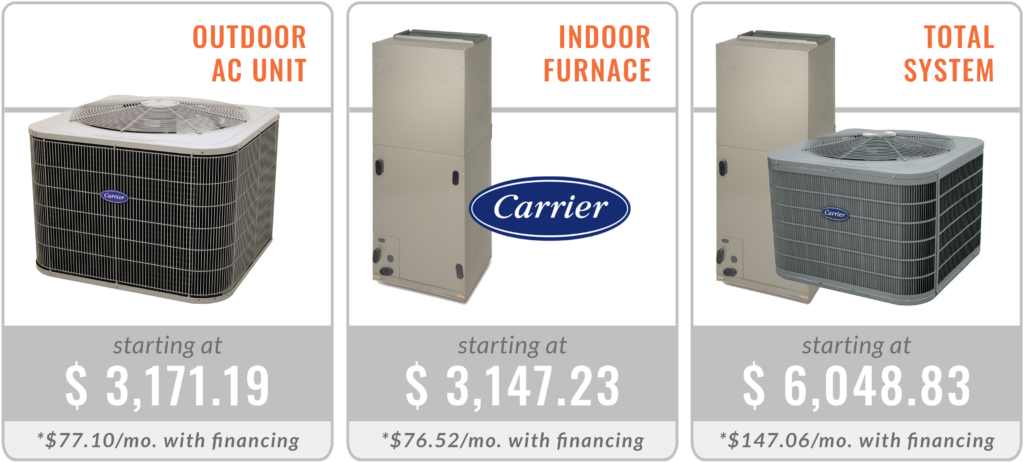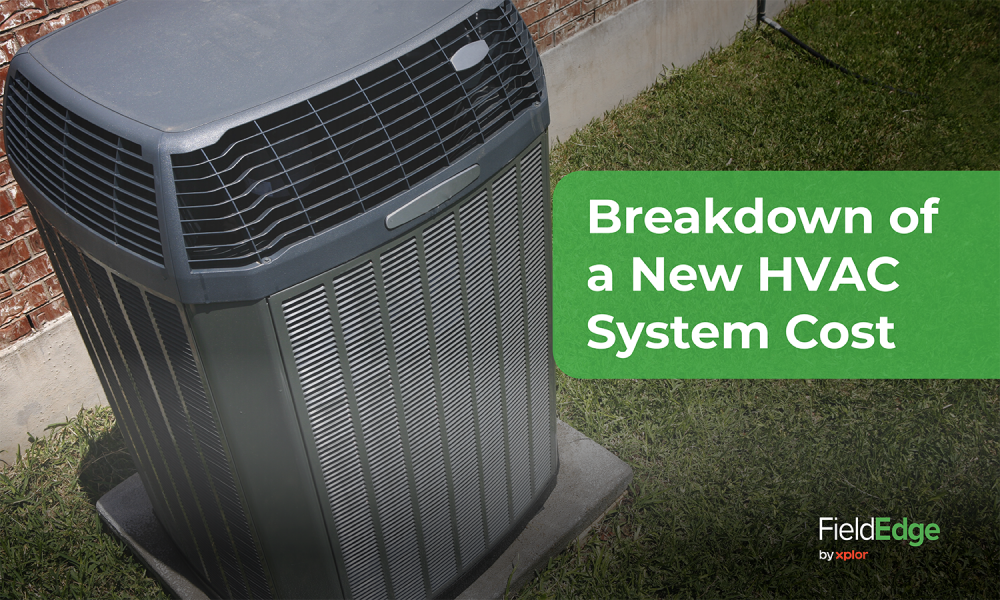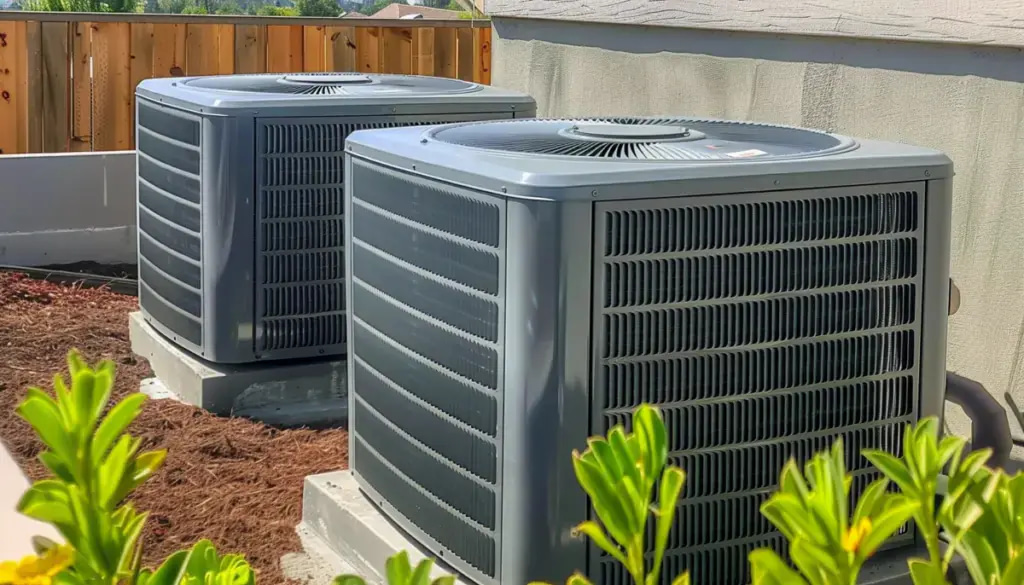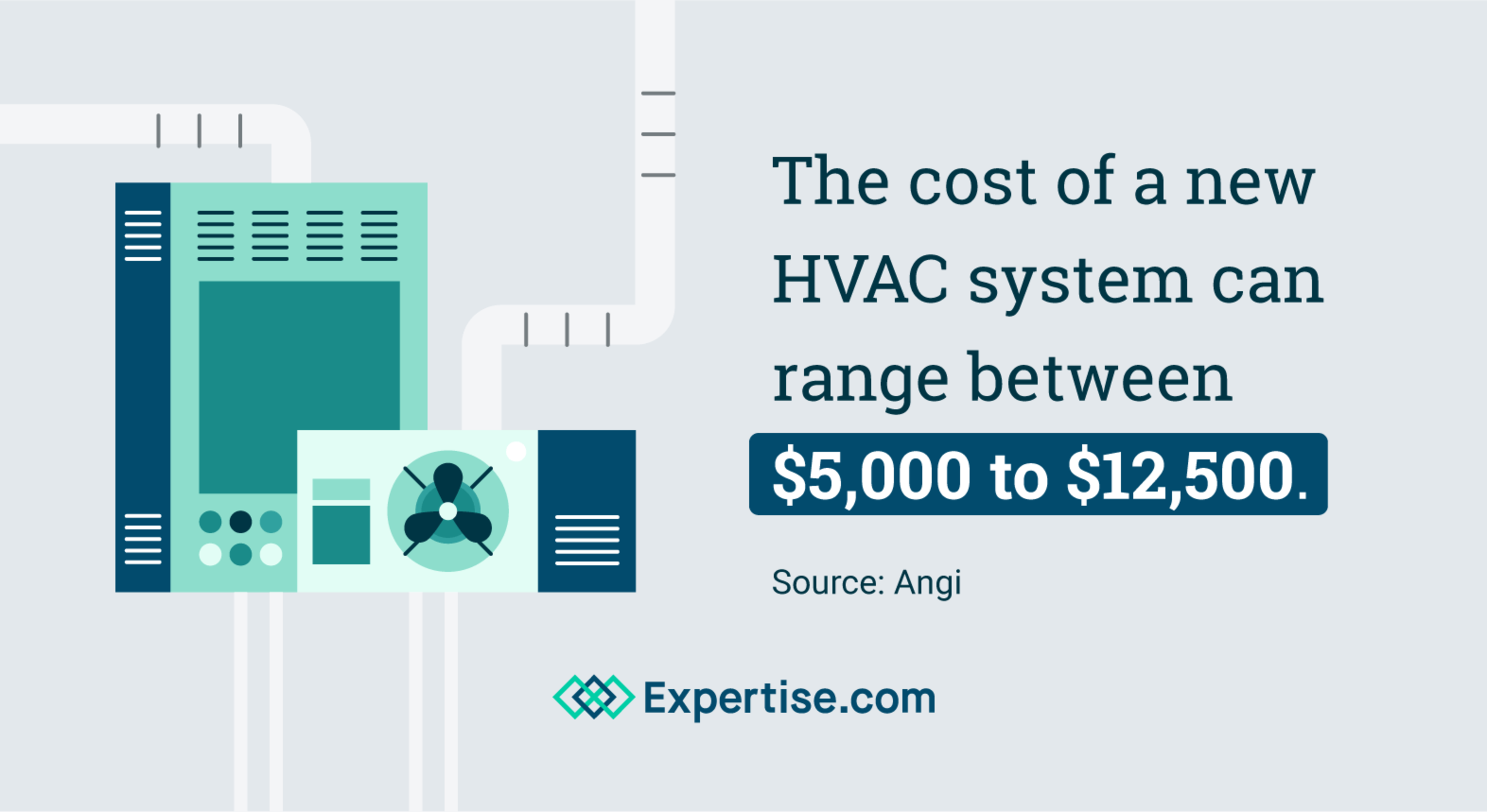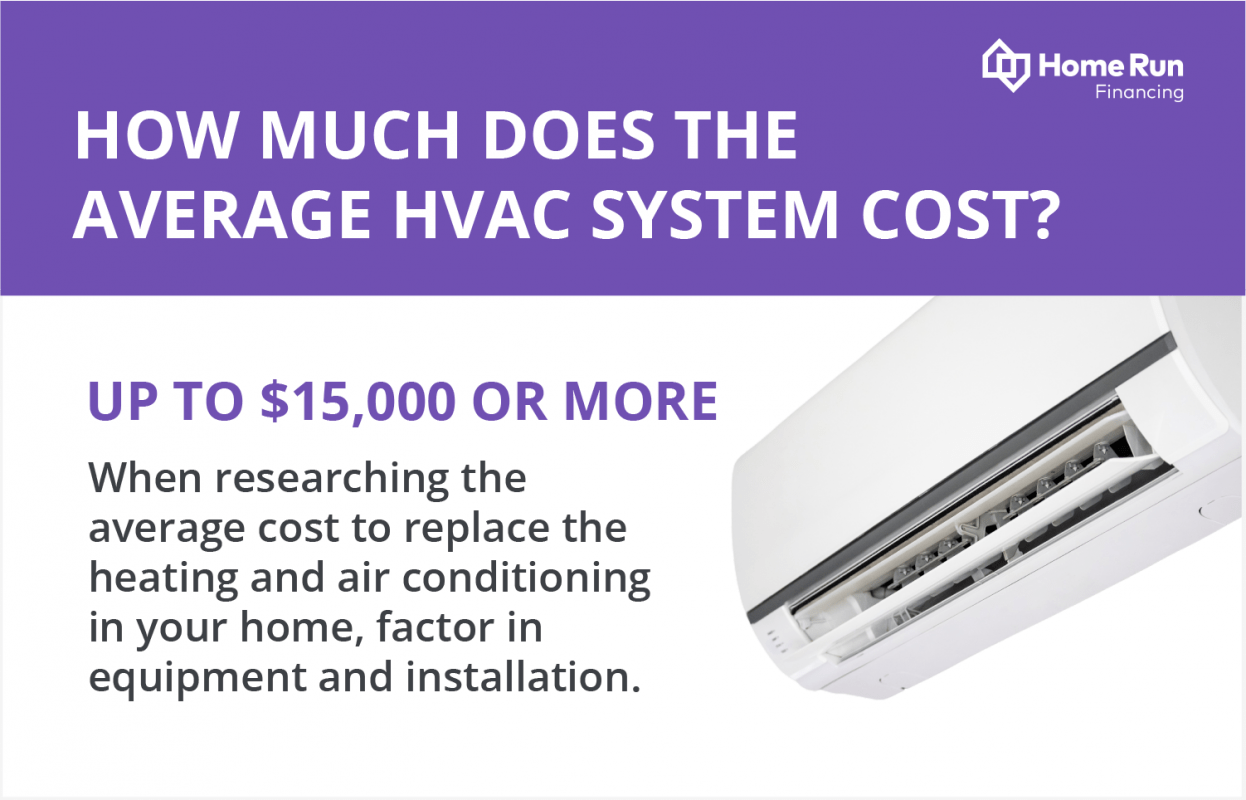New Hvac System Cost 1500 Sq Ft
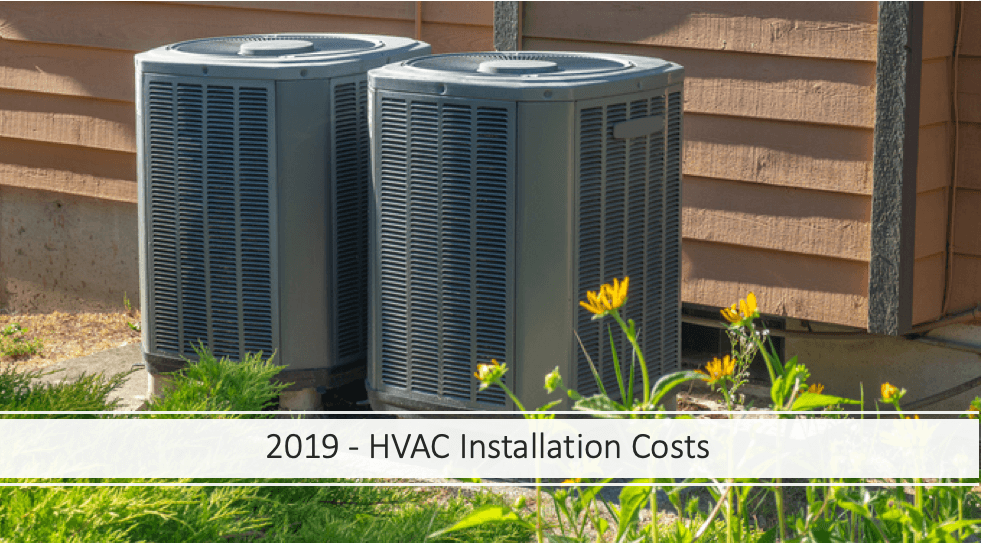
HVAC systems are essential for maintaining a comfortable and healthy home environment, particularly in regions with extreme temperatures. If you're dealing with an aging, inefficient, or completely broken HVAC system in a 1500 sq ft home, understanding the costs associated with replacement is crucial. This guide will walk you through the factors influencing the price of a new HVAC system for a 1500 sq ft home, offering insights for both homeowners and DIY enthusiasts.
Understanding HVAC System Components
Before diving into costs, let’s clarify the key components of a typical residential HVAC system. This includes the furnace, air conditioner, and ductwork. Some systems also incorporate heat pumps for both heating and cooling.
- Furnace: Heats the air and circulates it through the ductwork. Options include gas, oil, and electric furnaces.
- Air Conditioner: Cools the air and removes humidity. Central air conditioners are the most common type for whole-house cooling.
- Heat Pump: A versatile system that can both heat and cool, transferring heat from one place to another.
- Ductwork: The network of channels that distributes heated or cooled air throughout the house.
- Thermostat: Controls the HVAC system, allowing you to set temperature preferences and schedules. Smart thermostats offer enhanced features like remote control and energy monitoring.
Factors Influencing HVAC System Cost
Several factors contribute to the overall cost of a new HVAC system for a 1500 sq ft home. These include:
- System Type: A basic AC and furnace setup will differ in price from a heat pump or a more complex zoned system.
- System Efficiency (SEER & AFUE): Higher efficiency ratings (SEER for cooling, AFUE for heating) mean greater energy savings but often come with a higher upfront cost. SEER (Seasonal Energy Efficiency Ratio) measures the cooling efficiency, while AFUE (Annual Fuel Utilization Efficiency) measures the heating efficiency.
- Brand Reputation: Established brands like Carrier, Trane, and Lennox often command a premium due to their reliability and performance.
- Installation Complexity: Factors like existing ductwork condition, accessibility, and the need for modifications can significantly impact labor costs.
- Permits and Inspections: Local codes may require permits and inspections, adding to the overall expense.
- Labor Costs: Installation labor rates vary depending on location and the experience of the HVAC contractor.
- Ductwork: Replacing or significantly modifying ductwork will increase project costs.
Estimating Costs for a 1500 Sq Ft Home
Given the above factors, let's explore some cost ranges. Keep in mind that these are estimates and actual costs can vary significantly depending on your specific needs and location.
- Basic AC and Furnace Replacement: $4,000 - $8,000. This includes a standard efficiency furnace and air conditioner replacement.
- Mid-Range AC and Furnace (Higher Efficiency): $6,000 - $12,000. This option incorporates higher SEER and AFUE ratings for improved energy efficiency.
- Heat Pump System: $5,000 - $10,000. Heat pumps can be a cost-effective option, especially in milder climates.
- Ductwork Replacement (Partial): $500 - $2,000. Depending on the length and complexity, this can vary greatly.
- Ductwork Replacement (Complete): $2,000 - $6,000.
Note: These prices typically include the cost of the equipment and standard installation. Complex installations, zoning, or extensive ductwork modifications will add to the overall cost.
DIY Considerations and When to Call a Professional
While some HVAC tasks can be tackled by DIY enthusiasts, replacing a complete HVAC system is generally not recommended unless you have extensive experience and certification. Attempting complex repairs without proper training can be dangerous and may void warranties.
DIY-Friendly Tasks:
- Replacing Air Filters: Regularly replacing air filters is crucial for maintaining system efficiency and air quality.
- Cleaning Condenser Coils: Gently cleaning the outdoor condenser coils can improve cooling performance. Turn off the unit and use a fin comb to straighten any bent fins.
- Checking Thermostat Batteries: Ensure your thermostat has fresh batteries for accurate temperature control.
When to Call a Professional:
- Refrigerant Leaks: Handling refrigerant requires specialized equipment and certifications. Leaks can be harmful to the environment and pose health risks.
- Electrical Issues: Working with electrical components can be dangerous. Leave electrical repairs to licensed electricians or HVAC technicians.
- Gas Furnace Repairs: Gas leaks can be deadly. If you suspect a gas leak, evacuate the premises and call your gas company and an HVAC professional immediately.
- Complete System Replacement: Installing a new HVAC system requires specialized knowledge, tools, and adherence to local codes.
Tools You Might Need (For Simple Tasks):
- Screwdrivers (various sizes and types)
- Wrench set
- Multimeter
- Fin comb
- Vacuum cleaner with brush attachment
- Air filter
Safety Tips:
- Always turn off the power to the HVAC unit before performing any maintenance or repairs.
- Wear safety glasses and gloves when working with HVAC components.
- Never attempt repairs that you are not comfortable with.
- Consult the manufacturer's instructions before performing any maintenance.
- If you smell gas, evacuate the building immediately and call the gas company.
Obtaining Quotes and Choosing a Contractor
Getting multiple quotes from reputable HVAC contractors is crucial for ensuring you receive a fair price and quality service. Here's what to consider when obtaining quotes:
- Get at least three quotes: Comparing quotes will give you a better understanding of the average cost and the services offered.
- Verify licenses and insurance: Ensure the contractor is properly licensed and insured to protect yourself from liability.
- Read online reviews: Check online reviews and testimonials to get a sense of the contractor's reputation and customer satisfaction.
- Ask for references: Contact past customers to inquire about their experience with the contractor.
- Get a detailed written quote: The quote should clearly outline the scope of work, equipment specifications, and payment terms.
- Inquire about warranties: Understand the warranties offered on both the equipment and the installation.
Choosing the right HVAC contractor is just as important as selecting the right system. A qualified contractor will properly assess your home's needs, recommend the appropriate system size and efficiency, and ensure a professional installation.
Financing Options and Rebates
Replacing an HVAC system can be a significant investment. Explore financing options and rebates to help offset the cost:
- HVAC Financing: Many HVAC contractors offer financing options through third-party lenders.
- Energy Efficiency Rebates: Check with your local utility company and state energy office for rebates on energy-efficient HVAC systems.
- Federal Tax Credits: The federal government may offer tax credits for qualifying energy-efficient HVAC equipment. Consult the IRS website for details.
Common HVAC Problems and Troubleshooting
Before considering a complete replacement, try troubleshooting some common HVAC problems. You might be able to resolve the issue with a simple fix.
- System Not Turning On: Check the thermostat settings, circuit breaker, and power switch.
- Weak Airflow: Check air filters, ductwork for leaks or blockages, and blower motor.
- Uneven Heating or Cooling: Consider zoning systems or ductwork modifications to improve air distribution.
- Strange Noises: Investigate potential issues like loose parts, worn belts, or refrigerant leaks.
- High Energy Bills: Review your energy usage habits, check for insulation issues, and consider upgrading to a more efficient HVAC system.
Maintaining Your New HVAC System
Proper maintenance is crucial for extending the lifespan and efficiency of your new HVAC system. Schedule regular maintenance appointments with a qualified HVAC technician. Preventative maintenance can help identify potential problems early and prevent costly repairs down the road. Common maintenance tasks include:
- Annual Inspections: Have a professional inspect your system annually to identify potential problems.
- Coil Cleaning: Clean both the evaporator and condenser coils regularly to maintain efficient heat transfer.
- Filter Changes: Replace air filters every 1-3 months, depending on usage and air quality.
- Ductwork Cleaning: Have your ductwork cleaned periodically to remove dust and debris.
By understanding the factors influencing HVAC system costs, exploring financing options, and prioritizing regular maintenance, you can ensure a comfortable and energy-efficient home environment for years to come. Remember that while some tasks are DIY-friendly, major repairs and installations should always be handled by qualified professionals.
